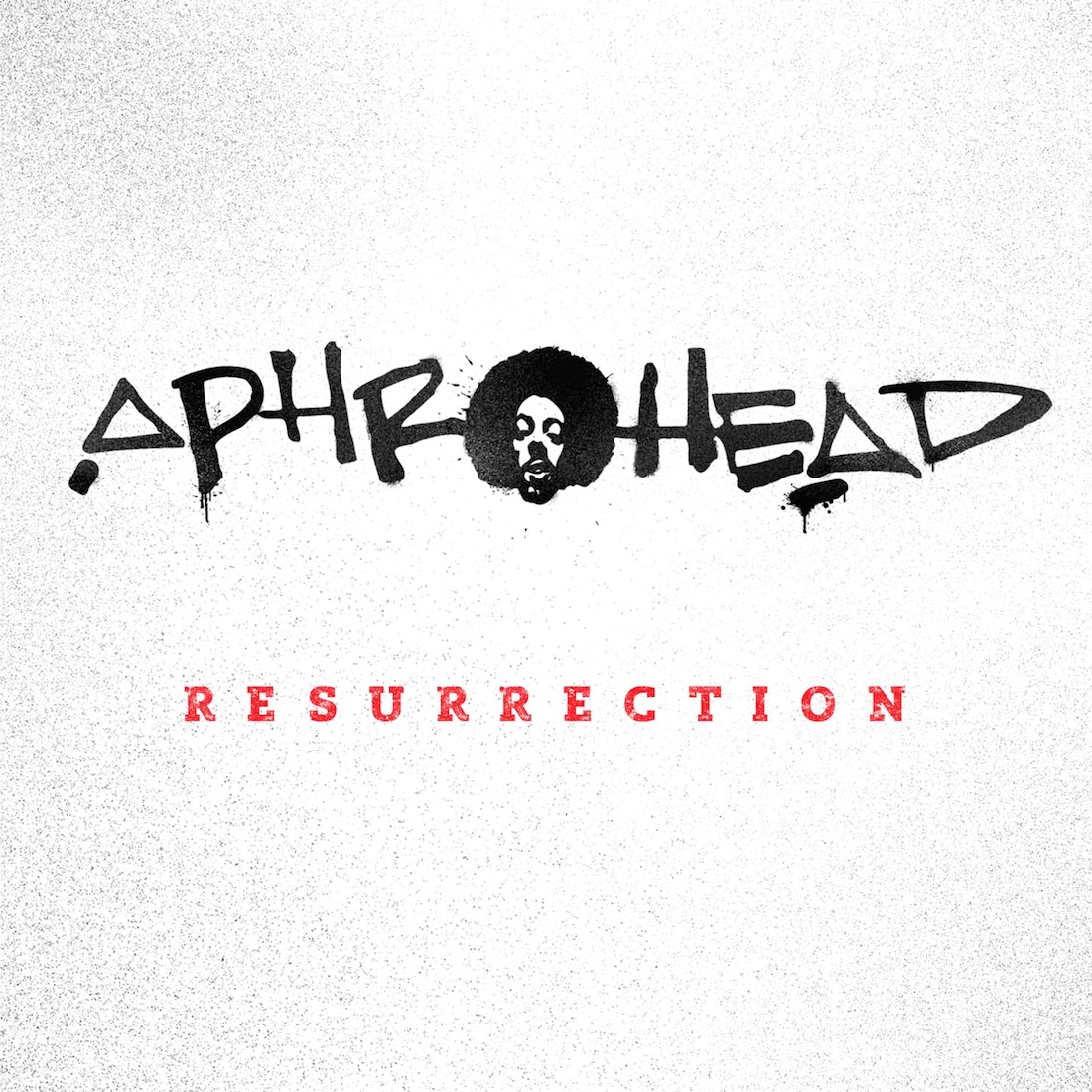Aphrohead Resurrection
Felix "da Housecat" Stallings resurrects the iconic '90s pseudonym for a set of chugging house and techno.

A recent poll of millennial-generation electronic-music consumers reveals that for many of them, Felix da Housecat is most known for his electroclash-era work, notably the scene-defining Kittenz and Thee Glitz album. Admittedly, this was a somewhat unscientific survey—we basically asked a few friends—but it still points to a problem for the man born Felix Stallings Jr.: When you make something as iconic as Kittenz and Thee Glitz and songs like “Silver Screen Shower Scene” and “Madame Hollywood,” it can be difficult for fans to think of you as being capable of doing anything else. Admittedly, Stalling’s version of electroclash was a bit more thoughtful than that of, say, A.R.E. Weapons or Avenue D (though we’ll admit a soft spot for the latter’s “Do I Look Like a Slut?”). But the Windy City native has a reach that extends far beyond the surface-sheen charisma of his early ’00s material; some of his ’90s house and techno releases, in particular, were inspired and inspiring. His 12-inch output under various names on such seminal labels as Strictly Rhythm and Djax-Up-Beats; albums like 1995’s Metropolis Present Day? Thee Album, a sublime, contemplative long-player that, for many, stands alongside Larry Heard‘s most emotive music of the same era; and not least, his rough and raw, technoid output under the Aphrohead moniker—these all demonstrated that Stallings, as much as anyone, understands the power and potential of the 4/4 beat.
After a decade and a half of dormancy, the Aphrohead name was brought back for last year’s “Grown Man Cry“; released on Crosstown Rebels, the track was a straight-up, no-messin’-around techno charger, one which bode well for a promised Aphrohead album. And now we have it: the aptly named Resurrection, also put out through Crosstown, has just hit the shops. To call it a “return to form” isn’t quite right—you won’t get that shock-of-the-new buzz that older clubbers felt when the early Aphrohead tracks were first played in the clubs, and Stallings has never really slowed down anyway—but still, Resurrection shows that he still knows his way around a gritty rhythm. As you might expect, it’s an album brimming with the spirit of house’s early days—but it’s imbued with that spark, that special frisson—that pizzazz—that Stallings brings to most everything he touches.
Stallings’s called the music on Resurrection “train music,” and that pretty much nails it; most of these tracks come rattling down the rails with a chugga-chugging vibe that, at least for four-to-the-floor fans, will be immensely appealing. The album leads off with “KlymaXXX,” a song that with its new-wavy, vaguely Euro melodic sense feels like a toughened-up version of his early ’00s output. It’s a fine tune, but things really get rolling with the next cut, “Come to Me” —with its ascending bassline, eerie spoken vocals and lo-fi sound, it could pass for a lost Nu Groove classic. The distorted kick, rat-a-tat snare and bare-bones minimalism of “Let’s Prance” would kill over a big sound system (the Radio Slave & Thomas Gandey remix already has, at pretty much every big festival we’ve been to over the past few months); the equally stripped-down but marginally weirder “Elevator (I’ll Take The Stairs)” is a industrial-age theme song of sorts, all clattering percussion and angular synth lines; and “Medusa,” not to mention pretty much the entire last third of the album, is forceful, burly, relentless techno. Resurrection may not be as seminal as Stallings’s early work (what could be?), nor will it prove as iconic as Kittenz and Thee Glitz—it’s a stellar set of sturdy, pure club music, nothing more and nothing less. But Aphrohead is back—and for that, we’re thankful.

